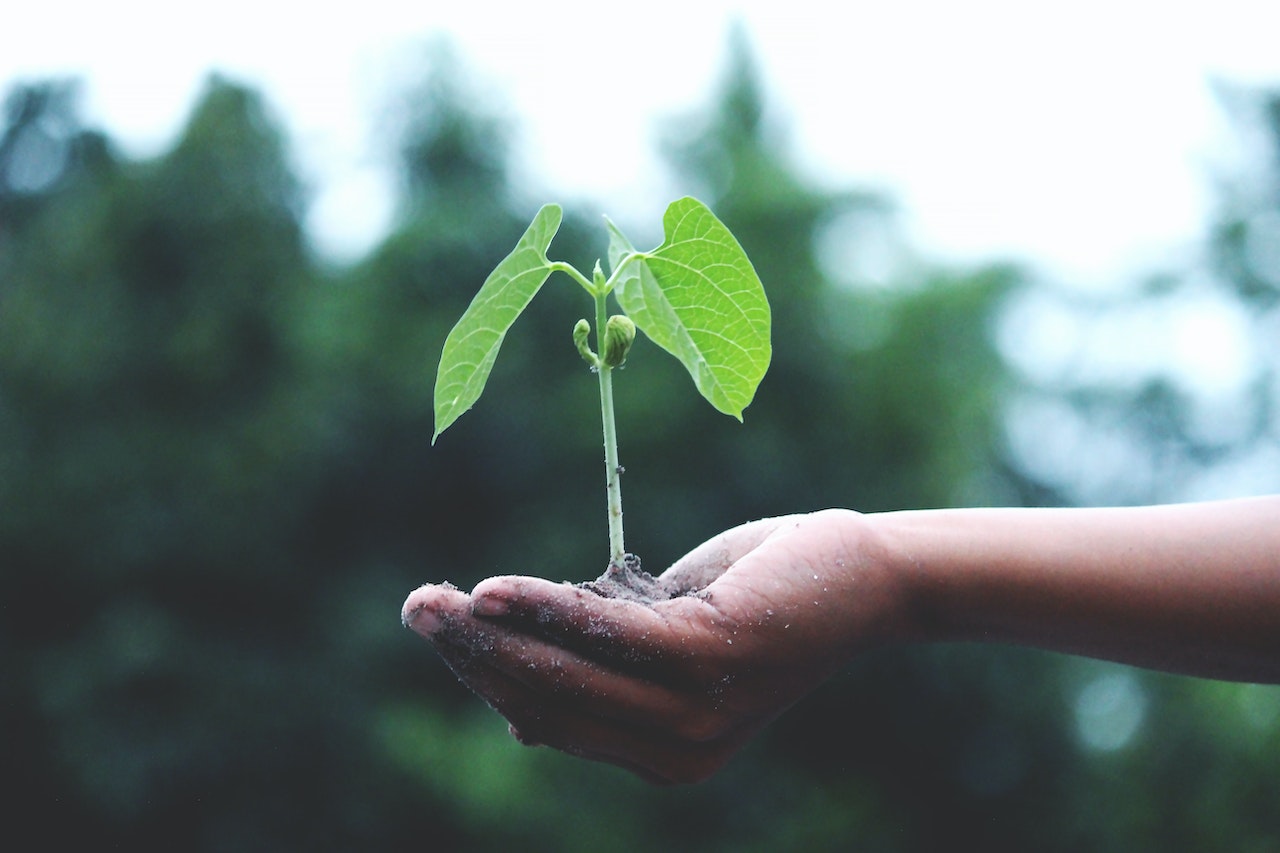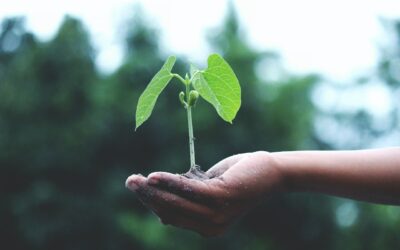This post was originally published on Sustainability Matters

An NZ food waste reduction initiative is providing an extra 12,000 meals per day and helping prevent climate-warming methane emissions from food going to landfill.
New results, released by the Kai Commitment, show that organisations involved in the food waste reduction program — which includes major New Zealand food businesses such as Woolworths NZ, Goodman Fielder, Fonterra, Silver Fern Farms, Foodstuffs and Nestlé NZ — increased food rescue volumes by 73% over the past year, totalling almost 13 million meals.
The data also revealed a 3% reduction in food going to landfill, helping prevent emissions from methane, a greenhouse gas said to be around 25 times more powerful than carbon dioxide. This data enables estimation of methane emissions reduction across New Zealand, in line with the New Zealand Government’s methane reduction priorities under the second Emissions Reduction Plan (ERP2), which aims to reduce biogenic methane by 10% by 2030.
Kaitlin Dawson, Executive Director of the Kai Commitment, said the results show that food waste reduction is a powerful lever for food insecurity and climate action, and targeted measurement and action in this space has an important role to play in helping the country meet its local and international climate targets.
“Food sector organisations have a crucial role in reducing food waste, and when supported with the right tools and frameworks, they can be a genuine force for good. We’re seeing businesses step up, take responsibility, and … deliver real impact for our community and climate,” Dawson said.
The results follow the NZ Government’s 2025 Budget announcement, which committed $15 million to support food redistribution. At the same time, food insecurity continues to rise across New Zealand. According to the Ministry of Health, one in four children (27.0%) now live in households where food runs out often or sometimes. For Pacific children, that figure is over half (54.8%); for Māori children, it is one in three (34.3%).
“With mounting financial pressures and increasing food insecurity, ensuring that good food is not wasted and gets to those who need it has never been more critical. At the same time, businesses have a unique opportunity to directly contribute to New Zealand’s national climate targets by embedding food waste reduction across their operations,” Dawson said.
Since its launch two years ago, the Kai Commitment program has helped businesses implement stronger food waste measurement, improve stock handling practices, and integrate food waste principles into operations and culture.
Key achievements include:
- All participating businesses now integrate food loss and waste (FLW) into staff training.
- 43% of businesses have established FLW key performance indicators, up from just 14% in the first year.
- 71% of businesses now manage waste according to the food waste hierarchy, prioritising reuse and rescue over landfill.
- Edible food waste reduced by 54%.
- Expired stock to waste destinations reduced by 24%.
- An 83% increase in surplus food revenue was recorded, returning an additional $3.6 million to food businesses.
“These results show what’s possible when we work together to deliver impact,” Dawson said. “As we grow the Kai Commitment, we’re focused on scaling that impact supporting more organisations to reduce food waste, cut emissions, and contribute to a stronger, more resilient food system for Aotearoa.”
Image credit: iStock.com/Dragos Condrea





0 Comments